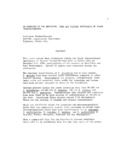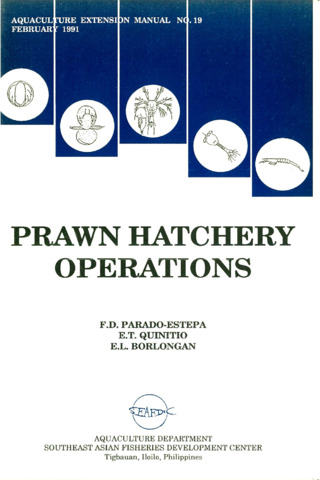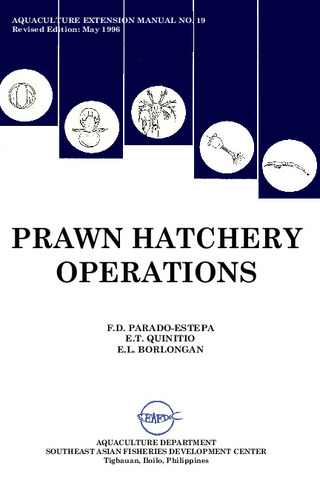| dc.contributor.author | Watanabe, Satoshi | |
| dc.contributor.author | Zarate, Jacques M. | |
| dc.contributor.author | Lebata-Ramos, Ma. Junemie Hazel | |
| dc.contributor.author | Nievales, Marie Frances J. | |
| dc.contributor.author | Kodama, Masashi | |
| dc.contributor.editor | Tanaka, Katsuhisa | |
| dc.contributor.editor | Morioka, Shinsuke | |
| dc.contributor.editor | Watanabe, Satoshi | |
| dc.date.accessioned | 2015-05-04T07:33:16Z | |
| dc.date.available | 2015-05-04T07:33:16Z | |
| dc.date.issued | 2012 | |
| dc.identifier.citation | Watanabe, S., Zarate, J. M., Lebata-Ramos, M. J. H., Nievales, M. F. J., & Kodama, M. (2012). Utilization of organic waste from black tiger shrimp, Penaeus monodon, by sandfish, Holothuria scabra. In K. Tanaka, S. Morioka, & S. Watanabe (Eds.), Sustainable stock management and development of aquaculture technology suitable for Southeast Asia (JIRCAS Working Report No. 75) (pp. 81-86). Tsukuba, Ibaraki, Japan: Japan International Research Center for Agricultural Sciences. | en |
| dc.identifier.issn | 1341-710X | |
| dc.identifier.uri | http://hdl.handle.net/10862/2210 | |
| dc.description.abstract | In Southeast Asian countries, a large proportion of shrimp aquaculture has switched its target species from native black tiger shrimp, Penaeus monodon, to exotic P. vannamei because of frequent viral disease outbreaks. One of the causes of disease outbreaks is thought to be poor water and sediment conditions in the shrimp pond, which aggravate disease symptoms. To establish co-culture methods of black tiger shrimp and sandfish, Holothuria scabra, for possible mitigation of shrimp pond eutrophication and prevention of disease outbreaks, laboratory experiments were conducted at the Aquaculture Department, Southeast Asian Fisheries Development Center (SEAFDEC/AQD) in Iloilo, Philippines. A feeding trial of juvenile H. scabra using benthic diatom, Navicula ramossisima, and powdered P. monodon feed showed that H. scabra do not grow with fresh shrimp feed on a hard substrate. A feeding trial with and without sand substrate with shrimp feed as food showed that the substrates enhance the growth of H. scabra. H. scabra juveniles were found to grow with detritus and P. monodon feces as food sources in tanks. It was also shown that addition of ground oyster shell to the sand substrate enhances the growth of H. scabra when fed with N. ramossisima. Thus, these results suggest that H. scabra can grow by feeding on organic matter present in a P. monodon pond and may be used to mitigate organic load in P. monodon ponds. | en |
| dc.language.iso | en | en |
| dc.publisher | Japan International Research Center for Agricultural Sciences | en |
| dc.relation.ispartofseries | JIRCAS Working Report; No. 75 | |
| dc.subject | Sea cucumbers | en |
| dc.subject | Holothuria scabra | |
| dc.subject | Penaeus monodon | |
| dc.title | Utilization of organic waste from black tiger shrimp, Penaeus monodon, by sandfish, Holothuria scabra | en |
| dc.type | Book chapter | en |
| dc.citation.spage | 81 | |
| dc.citation.epage | 86 | |
| dc.subject.asfa | growth | en |
| dc.subject.asfa | feeding | en |
| dc.subject.asfa | substrata | en |
| dc.subject.asfa | bioremediation | en |
| dc.citation.bookTitle | Sustainable stock management and development of aquaculture technology suitable for Southeast Asia | en |
| dc.subject.scientificName | Penaeus monodon | |



